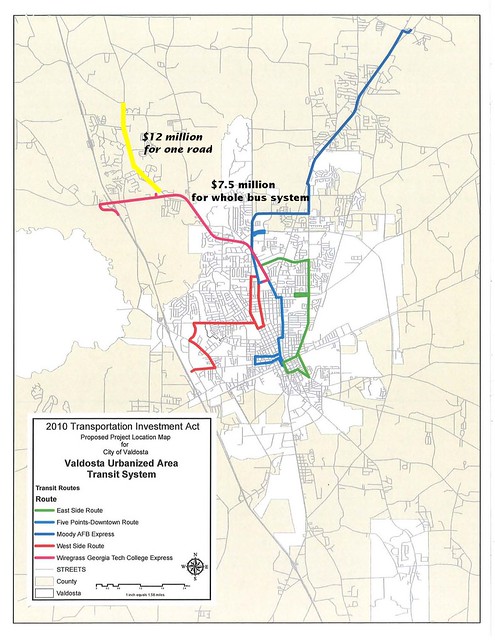Remember
FBI investigating CCA “Gladiator School”,
the CCA-run private prison in Idaho the FBI was investigating last year?
Well, it hasn’t improved much.
Cutting corners for private profit endangers prisoner safety and public
safety.
Is that what we want in Lowndes County, Georgia?
The same reporter, Rebecca Boone, wrote again for AP Sunday, almost a year later,
CCA-run prison remains Idaho’s most violent lockup
 BOISE, Idaho (AP) — In the last four years, Idaho’s largest privately
run prison has faced federal lawsuits, widespread public scrutiny,
increased state oversight, changes in upper management and even an
ongoing FBI investigation.
BOISE, Idaho (AP) — In the last four years, Idaho’s largest privately
run prison has faced federal lawsuits, widespread public scrutiny,
increased state oversight, changes in upper management and even an
ongoing FBI investigation.
Yet the Corrections Corp. of America-run Idaho Correctional Center
remains the most violent lockup in Idaho.
Records obtained by The Associated Press show that while the assault rate
improved somewhat in the four-year period examined, ICC inmates are still
more than twice as likely to be assaulted as those at other Idaho prisons.
Between September 2007 and September 2008, both ICC and the state-run
Idaho State Correctional Institution were medium-security prisons with
roughly 1,500 inmates each. But during that 12-month span, ICC had
132 inmate-on-inmate assaults, compared to just 42 at ISCI. In 2008,
ICC had more assaults than all other Idaho prisons combined.
By 2010, both prisons had grown with 2,080 inmates at ICC and 1,688
inmates at ISCI. Records collected by the AP showed that there were 118
inmate-on-inmate assaults at ICC compared to 38 at ISCI. And again last
year, ICC had more assaults than all the other prisons combined.
What improvement there has been is because multiple inmates filed lawsuits.
Even so, Idaho renewed and even increased its contract with CCA.
With one small improvement:
Continue reading →
 Courtesy of the camera of George Rhynes, here are the
Citizens to Be Heard at
Thursday’s Valdosta City Council meeting.
Most of them are frequent cyclists, with a surprise ally speaking first.
Courtesy of the camera of George Rhynes, here are the
Citizens to Be Heard at
Thursday’s Valdosta City Council meeting.
Most of them are frequent cyclists, with a surprise ally speaking first.
 Health and safety through bicycles —Roy Taylor
Health and safety through bicycles —Roy Taylor
 We have just had a very divisive issue —Ken Klanicki
We have just had a very divisive issue —Ken Klanicki
 Truth really needs no defense! —George Rhynes
Truth really needs no defense! —George Rhynes
 Bikes, Students and Public Meetings —George Rhynes
Bikes, Students and Public Meetings —George Rhynes
 Community’s need for public transportation, bike lanes, and walking —Heather Evans
Community’s need for public transportation, bike lanes, and walking —Heather Evans
 How about some bike racks? —Matt Portwood
How about some bike racks? —Matt Portwood
 I’m a bicyclist —Jim Jones
I’m a bicyclist —Jim Jones







